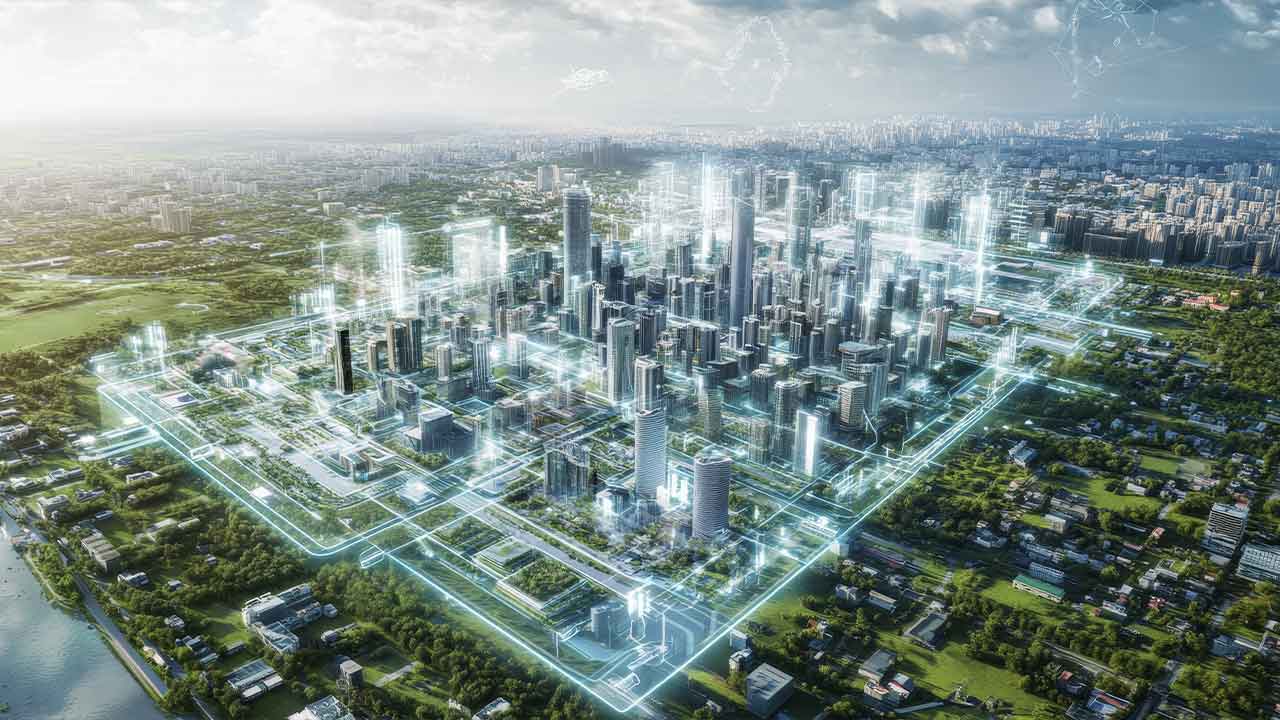Building Infrastructure For Batteries in Smart Cities
Battery infrastructure is a vital part of smart city development, but city planners need help expanding their battery microgrids. There are several incredible benefits to installing batteries throughout smart cities. Why are they important for smart city development? What challenges are holding back the growth of battery infrastructure?
Challenges in Building Battery Infrastructure
Expanding battery infrastructure is crucial for smart cities’ ongoing development and growth. As urban areas integrate more digital technologies and electric vehicles, they become increasingly dependent on reliable access to power.
Batteries are currently the leading electric energy storage medium in the U.S., with over 400 installations in the power grid. Pumped-storage hydroelectric power might have a higher capacity, but batteries are much more versatile. They’re ideally suited for dense urban areas where size and flexibility are key.
Batteries are an ideal solution to the needs of smart cities but require significant infrastructural growth. What challenges are currently slowing the development of smart city battery infrastructure?
Scale
One of the main challenges facing battery infrastructure growth is smart cities’ sheer scale and complexity. It is often difficult to determine where exactly batteries are most necessary, especially in cities just getting started on modernization and digitalization.
The large scale of smart cities also means planning, purchasing and installing every new piece of infrastructure takes time. City planners need to ensure equitable access to battery infrastructure, which requires time and research. This planning is important but does create delays in battery infrastructure expansion projects.
Supply
Even if smart city developers are fully prepared to roll out new battery installations, they may need help to get the batteries they need. One of the biggest challenges facing smart city microgrid expansion today is the battery market’s ongoing supply chain struggles.
Conventional lithium-ion batteries are in exceedingly high demand, partly due to large-scale electrification efforts. Several valuable metals are necessary for producing these batteries, creating major supply chain stumbling blocks.
For instance, a shortage of active mines is contributing to a global lack of nickel — a key component in numerous types of batteries. Cobalt also faces serious supply chain issues, including ethical and environmental concerns.
As a result of these supply chain challenges, battery manufacturers are struggling to keep up with demand. Smart cities may face setbacks due to the high number of batteries required for a city-scale microgrid.
Why Battery Infrastructure Is Crucial
Why is it essential for smart cities to expand their battery infrastructure? Considering the challenges facing the battery supply chain, some might wonder why about sticking to conventional power sources. Batteries have a few key benefits for smart cities and play an essential role in their development.
Balancing Renewable Energy
Renewable energy is a staple of smart cities. If a city is going to modernize, it should include clean energy and pollution reduction. Unfortunately, most renewable energy sources have one main drawback — inconsistency.
There is a lot of potential energy available from renewables, but it isn’t accessible consistently. Solar panels are a prime example of this. Batteries resolve the inconsistency issue by providing a convenient way to store excess clean energy and use it when renewable energy sources are unavailable.
Research shows cities create 70% of the world’s CO2 emissions. At the same time, at least 50% of the population lives in cities. Renewables are vital for providing billions of people with good quality of life. Smart city tech has the power to make that happen, but it requires flexible, robust energy storage.
Batteries are the key to maximizing the potential of renewable energy for smart cities. They can allow grids to one day be completely independent of fossil fuels. Batteries are also scalable, allowing businesses and individuals to get renewable energy storage fit for their needs. More about The Role of IoT in Smart Grid Technology and Applications
Ensuring Smart Cities Never Go Offline
Smart city tech keeps people safe and provides valuable services and resources. With everyone relying on these technologies, smart cities must never go offline. This is particularly important for public transportation.
In a power outage, battery electric public transportation vehicles suddenly lose access to charging. If an outage lasts long enough, this could grind public transportation to a halt. Batteries provide one solution.
Large-capacity backup batteries can act as temporary recharging stations for public transportation and other crucial infrastructure in the event of an outage. Batteries can fill in everyday gaps in smart city power grids, ensuring everyone has the energy they need.
For example, one research project led by Tohoku University in Japan combined 5G and edge computing to create a flexible, decentralized DC power grid. The project used 5G and edge computing to detect power needs across the grid in real time, and adjust energy supplies accordingly. DC power supplies throughout the grid allowed people to access this power as necessary.
Batteries help keep smart cities running during power outages and ensure power is always available daily. That’s why expanding battery infrastructure is so important. It acts as the smart city’s backbone, ensuring everyone has access to its services and resources.
Batteries: The Perfect Companion for Smart Cities
Smart cities require reliable, high-capacity access to electricity to ensure success and safety. While renewable energy is ideal for smart cities, it isn’t always consistently available. Batteries offer a solution, allowing smart cities to ensure constant, versatile and flexible access to electricity.
Unfortunately, battery infrastructure expansion faces a few key challenges, notably supply chain issues. Overcoming these challenges may take time and creativity, such as developing new types of batteries or building new supply chains.
About the author
 This article was written by Ellie Gabel. Ellie is a freelance writer and an associate editor for Revolutionized living in Raleigh, NC. When she’s not writing about the latest advancements in science and technology, you can find her spending time with her cats.
This article was written by Ellie Gabel. Ellie is a freelance writer and an associate editor for Revolutionized living in Raleigh, NC. When she’s not writing about the latest advancements in science and technology, you can find her spending time with her cats.



